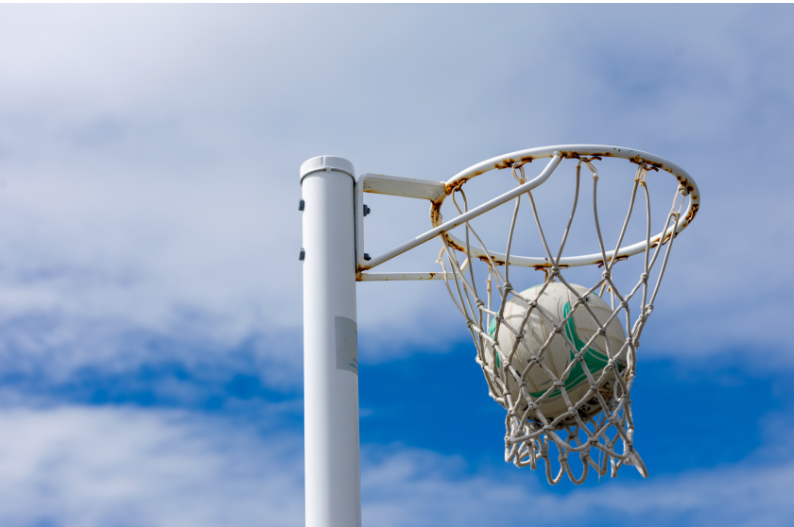Netball is a fast-paced and popular team sport that requires high levels of agility, speed, and endurance. While the sport comes with inherent risks, research suggests that proper preparation and training can significantly reduce the risk of injury. In this article, Amy provides Personal Training tips for netball players, so you can get the most out of your netball training and preparation.
Get Ready to Dominate the Court: A Guide to Plyometrics, Strength Training, and Conditioning
As a netball player, it’s important to not only practice your skills on the court but also work on your strength and conditioning off the court. Plyometric exercises, strength training exercises, and conditioning drills are all key components of a well-rounded training program for netball players.
Plyometric exercises involve explosive movements that can improve power and agility on the court. These exercises can help you develop faster reaction times, better jumping ability, and stronger legs. Some examples of plyometric exercises that are specific to netball include jumping drills and lateral hops.
- Jumping drills can include exercises like squat jumps, where you squat down and then jump as high as you can, or tuck jumps, where you jump and bring your knees up towards your chest. These exercises can help improve your vertical jump, which is important for rebounds and intercepts.
- Lateral hops involve jumping side to side and can help improve your lateral movement, which is important for defending and changing direction quickly on the court. To perform lateral hops, stand with your feet shoulder-width apart and jump sideways, landing on the opposite foot. Repeat this movement side to side as quickly as you can.
Strength training exercises are also important for netball players, as they need strength in their legs, core, and upper body to perform at their best. Some examples of exercises that target these areas include squats, lunges, planks, push-ups, and rows.
- Squats and lunges can help improve leg strength, which is important for jumping and running on the court. Planks can help improve core strength, which is important for stability and balance. Push-ups and rows can help improve upper body strength, which is important for passing and shooting.
Finally, conditioning drills are crucial for netball players as the sport requires players to have good cardiovascular endurance. Examples of conditioning drills that can improve endurance and fitness include shuttle runs, sprints, and interval training.
- Shuttle runs involve running back and forth between two points, while sprints involve running as fast as you can for short bursts. Interval training involves alternating periods of high-intensity exercise with periods of rest or lower intensity exercise. These drills can help improve your stamina and help you keep up with the fast pace of the game.
Avoiding Injury on the Netball Court: Tips for Preparation
In addition to these training tips, there are specific strategies you can use to prevent injuries while playing netball.
According to a study published in the Journal of Science and Medicine in Sport, ankle sprains are the most common injury in netball players, accounting for approximately 20% of all injuries. However, the study also found that the use of ankle braces and regular proprioception training (exercises that improve balance and coordination) can reduce the incidence of ankle sprains by up to 50%.
Knee injuries are also common in netball players, particularly ACL tears. However, research suggests that strengthening exercises for the hips, knees, and ankles can help prevent these injuries. A study published in the British Journal of Sports Medicine found that a neuromuscular training program (which included exercises to improve balance, jumping, and landing techniques) reduced the incidence of ACL injuries in female athletes by up to 72%.
To reduce the risk of finger injuries, coaches should focus on teaching proper catching and throwing techniques. These techniques can help players avoid jammed or dislocated fingers, which are common injuries in netball.
Lastly, shoulder injuries can occur in netball players due to the repetitive overhead throwing motion involved in the sport. To prevent these injuries, it’s important to regularly strengthen the shoulder muscles and use proper throwing technique. Exercises like shoulder presses, lateral raises, and reverse flys can help strengthen the shoulder muscles and improve performance on the court.
In summary, proper preparation and training can significantly reduce the risk of injury in netball players. Incorporating exercises like plyometrics, strength training, and conditioning drills can help improve overall performance on the court, while also reducing the likelihood of injury.
Additionally, focusing on proper technique and using protective equipment like ankle braces can further reduce the risk of injury in netball players. By taking the time to properly prepare for the physical demands of netball, players can enjoy the sport while also minimising the risk of injury.
So, whether you’re a seasoned player or just starting out, remember to prioritise your training and safety on the court. If you want to arrange an appointment with a personal trainer to help with your netball progress,
book here.
Good luck and have fun playing netball!
By Amy Yeoland, Personal Trainer Healthfix North Sydney

